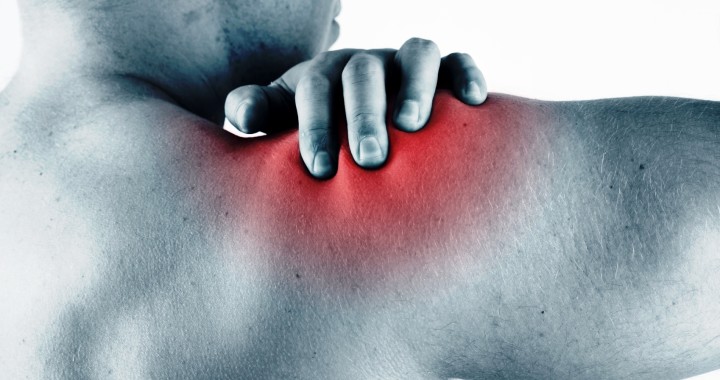
The top of the shoulder joint is usually called compression area traditionally is the area in which there shortening during movement.
The bracket on the upper part of the shoulder joint is made by capsule, glenoid labrum, coracohumeral ligament, and muscle support, while the capsular reinforcement is made by the supraspinatus and long head biceps.
Above the supraspinatus muscle is subacromial bag and coracoacromial ligament, forming an arch above the acromioclavicular joint. (Hamill, 1999).
The supraspinatus muscle and the bags are compressed in this area in that the lifting arm above the head and may be annoyed if the compression is sufficient magnitude or duration. The lower portion of the shoulder joint is minimally enhanced by the capsule and the triceps long head. (HAMILL. 1999)
According Hamill (1999), the area at the shoulder joint called compression area contains structures that can be injured with the constant overuse. True compression occurs in the abducted position with the arm in the rotation position.
Is required a range of motion extreme in different activities such as launches, tennis, swimming and gymnastics. (ZARINS, 1984). It has been shown that some athletes that commonly produce movements using extreme joint positions may have a loose shoulder joint, in which the humeral head may lose contact with the glenoid cavity or terminals extreme positions. These extreme joint positions the joint capsule and ligaments that surround the shoulder become stretched.
With continuing movements at the terminal positions, the humeral head can be forced on the glenoid lip edge in a position dislocated or subluxation, from which it generally repositions back to the socket. (ZARINS, 1984).
The cuff grater structures can be injured to beat upon the processes of the acromion or coracoid or against strong coracoacromial ligament.
This injury occurs with activities that require elevation of the arm, and at work above the head or sports activities that require pitch. (SMITH & WEISS & LEHMKUHL, 1997).
Thus, the excessive use of extreme movements may cause injuries to the shoulder joint.(SMITH & WEISS & LEHMKUHL, 1997).